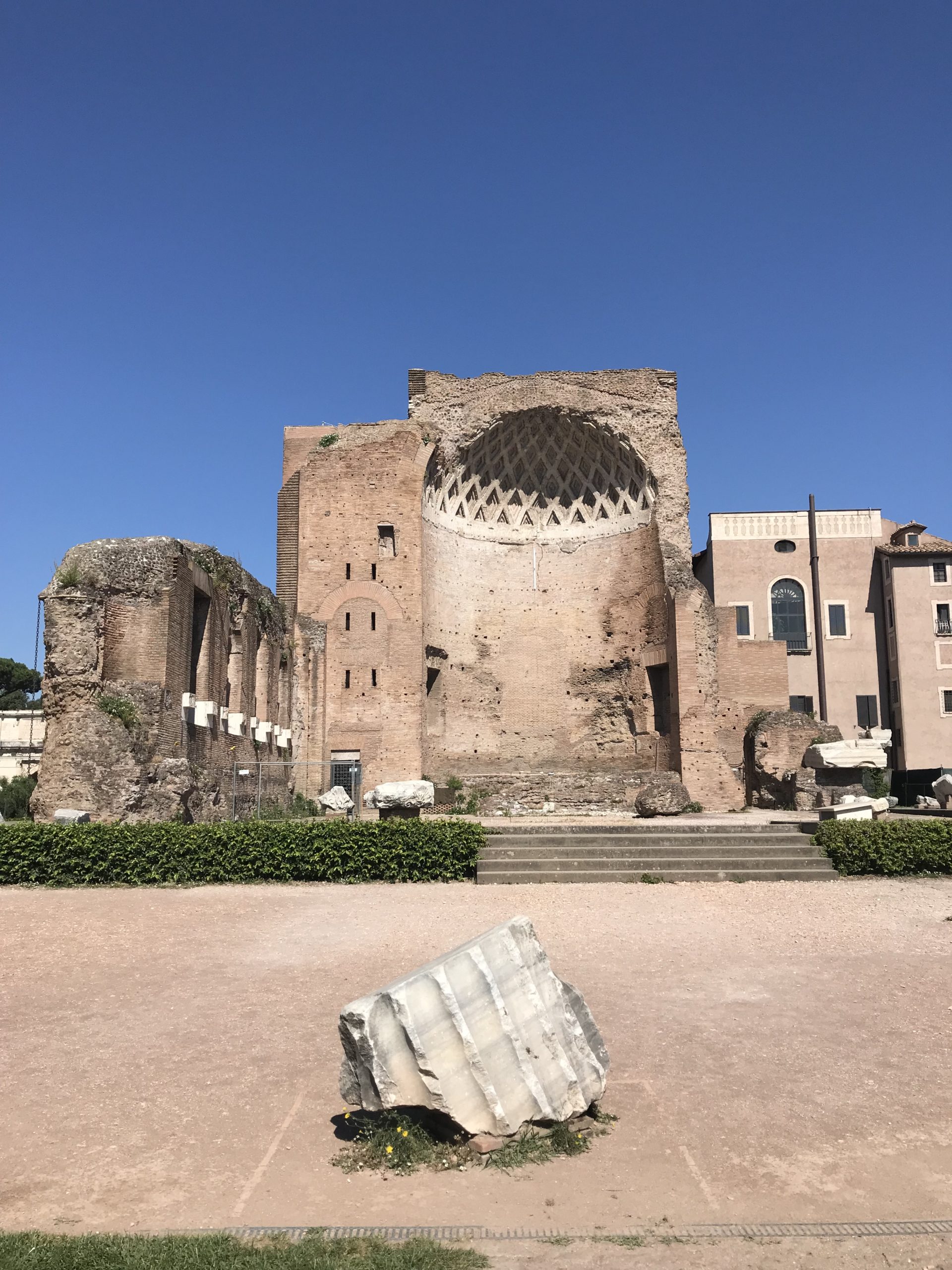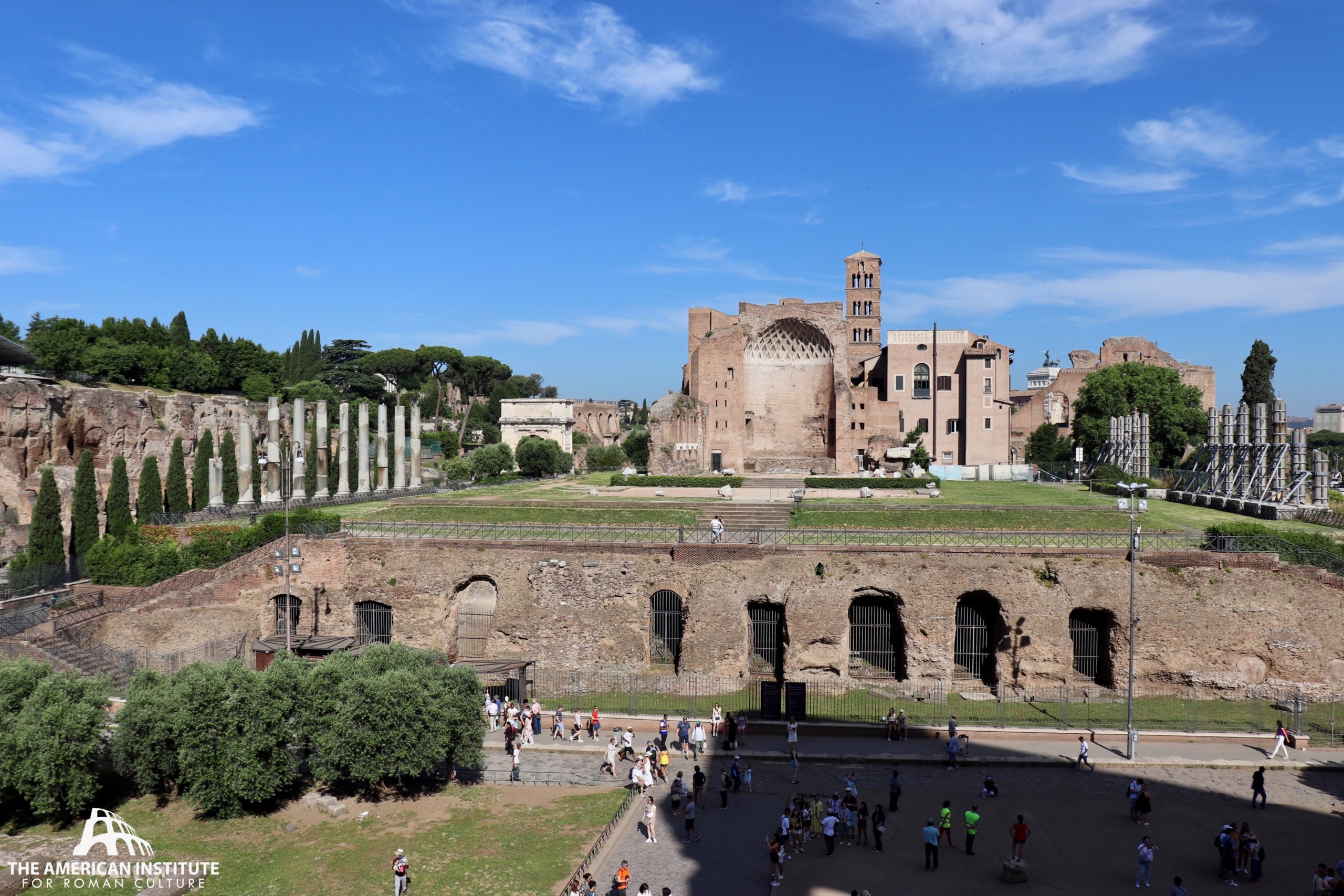Reference




OpenAI's Answer
The Temple of Venus and Roma, also known as "Templum Veneris et Romae," was designed by the Roman Emperor Hadrian and reflects a combination of Roman architectural ingenuity and cultural symbolism. Here are some key inspirations behind its structure:
-
Dual Dedication: The temple uniquely featured two main cellae (inner sanctuaries) placed back-to-back. One was dedicated to Venus Felix (Venus the Bringer of Good Fortune), the goddess of love and beauty, and the other to Roma Aeterna (Eternal Rome), the personification of the city and its eternal nature. This duality symbolized the interconnectedness of divine favor and the eternal glory of Rome.

-
Architectural Influence: Hadrian, an emperor known for his architectural interests, heavily influenced the design. The use of a raised platform, grand columns, and intricate decorations showcases the Roman adaptation and enhancement of earlier Hellenistic architectural styles.
-
Symbol of Imperial Unity: The temple's structure and its prominent location in the Velian Hill (near the Colosseum and the Roman Forum) were meant to signify the unity and strength of the Roman Empire under Hadrian's rule. The symmetrical, mirrored chambers reinforced the idea of harmony and balance within the empire.

-
Mythological Significance: Venus was regarded as the mythical ancestor of Augustus, the first Roman emperor, which added a layer of legitimacy and divine connection to Hadrian's lineage and rule. The inclusion of Roma further elevated the status of the city as not just a physical space but an eternal entity.
-
Innovative Design: The temple was colossal, with a grand portico and a series of steps leading to the central structure. This grandiosity was meant to awe visitors and reflect Rome's power and architectural prowess.

For more detailed information, you can visit sources like the Wikipedia page, Ancient Rome Live, and History Hit.
Follow Up
Related
How did Daoist masters achieve transcendence without leaving behind a real corpse?
Star Wars Episode I: What was the reasoning behind young Anakin Skywalker creating C3PO?
How much time did Joaquim Rodríguez finish behind Chris Horner overall?
Who is believed to be the developer behind Save the Kids token?
Who is the architect behind the design of The Infinity Fort Bonifacio?